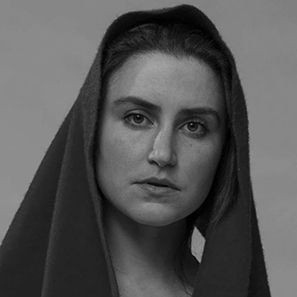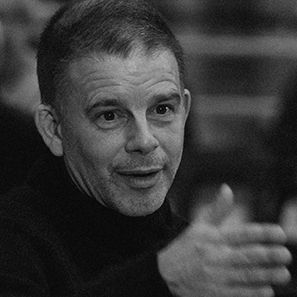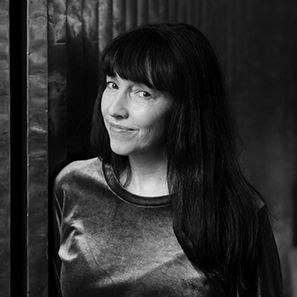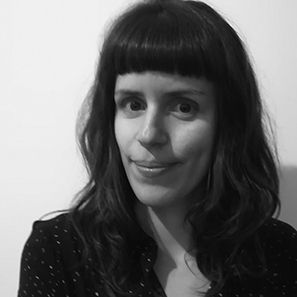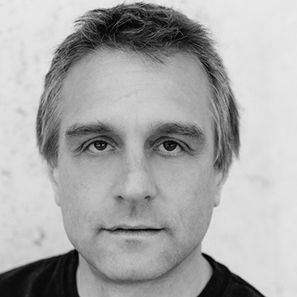
Machine Acts – Collaborative Screenplay Writing with GPT-3
Head researcher: Tobias Frühmorgen
Project website: machineacts.com
In recent years, AI has become part of our daily life. The landing page of Netflix with its algorithmic-tailored suggestions, Spotify’s mix of the week that seems astonishingly good, and AI even helping in identifying the hidden founder of QAnon through analysis of text patterns.
Several attempts have been made recently to create art with the help of machine learning processes. Many of these attempts are either imitating already existing modes of creation or artistic styles (The next Rembrandt), or create work that is captivating in its absurdity, but offers little in terms of content that challenge different forms of creative practice. Our joint research tries to fill this gap by combining the enormous potential of machine learning process with human artists that work within the field. We aim for an inclusive approach to develop different models of collaboration. Despite AI’s artistic potential, we also aim to consider the material and political implications of the use of AI for artistic production that go beyond questions of authorship. At the heart of this research is an artistic project: Within the scope of modern Natural Language Processing, we will use GPT-3 (or its successor) as a collaborative AI in order to produce an artistic output: A 3-part mini-series. Within each of these productions, the participants, together with the AI will respond to a theme that relates to our interactions with AI. The following 3 themes are the framework of our productions:
- ‘Transdividuals – Future Subjects and the divided Self’. Themes: Subject Creation on the WWW, ‘Dividuum’, ‘Plasticity’.
- ‘Narcissus and the Oracle’. Themes: Entrancement, Self-ReFection and Pre-cognition, AI’s (sentimental) education – visual Metaphor teaching
- ’Surprise me with what I want’. Themes: AI in contemporary media, human machine relationships, Anthropomorphizing of AI, Silicon Valley Myth
This co-writing process mimics a ‘writer’s-room’ in contemporary serialized content production, writing the screenplays of a TV-mini-series with 3 episodes, each of them 25 mins in length, as seen in “Black Mirror” (UK, 2011-19) or “SKAM” (NO, 2015-2019). These episodes will be different in style, rhythm and approach, living in the contrast between an experimental approach and yet a potentially ‘useful’ outcome. This process will take different steps to those usually seen in a screenwriting process through introducing algorithmic logic to how they unfold. From the starting point of a “what-if-question", we will then test different parameters (corpus texts, error affordances etc.) of GPT3 to define a plot, the creation of characters, the synopsis (1 page summary), and a treatment (10 pages, with scenes). From here, we will prototype the script through LARPing (live action role play) workshops. Within these experiments, impromptu additions to the script, characters, and plot will be made by both performers and AI, which will be collected and used as data to collaborate on the script in a second iteration. Finally, a more finalized performance/presentation of the script will be made. This outcome will be evaluated by the participants and their varying expertise, and will inform the starting point of the next part of the series. As we bring ‘looping’ into the writing process, we look to change the way writing is done. As such, this project places equal emphasis on studying the process itself; as it does the artistic outputs. From this artistic project, a broader approach will unfold starting from the question, that emerging technologies always deal with the unknown and unforeseen. Accordingly, we propose to critically question and discover the creative potential of collaboration with machines. There is a constant reflective exchange between the artistic project and the critical approach, where we seek to understand how the role of the creator is changing. We consist of a variety of researchers from different disciplines and with distinct academic interests. We value this diversity and propose a methodology for working that allows for group debate and reflection in repeating stages during the research. We also decided on the three themes to allow our individual expertise to intersect in different, and hopefully surprising ways. This transdisciplinary approach will be framed as a type of co-creation which includes machines.








